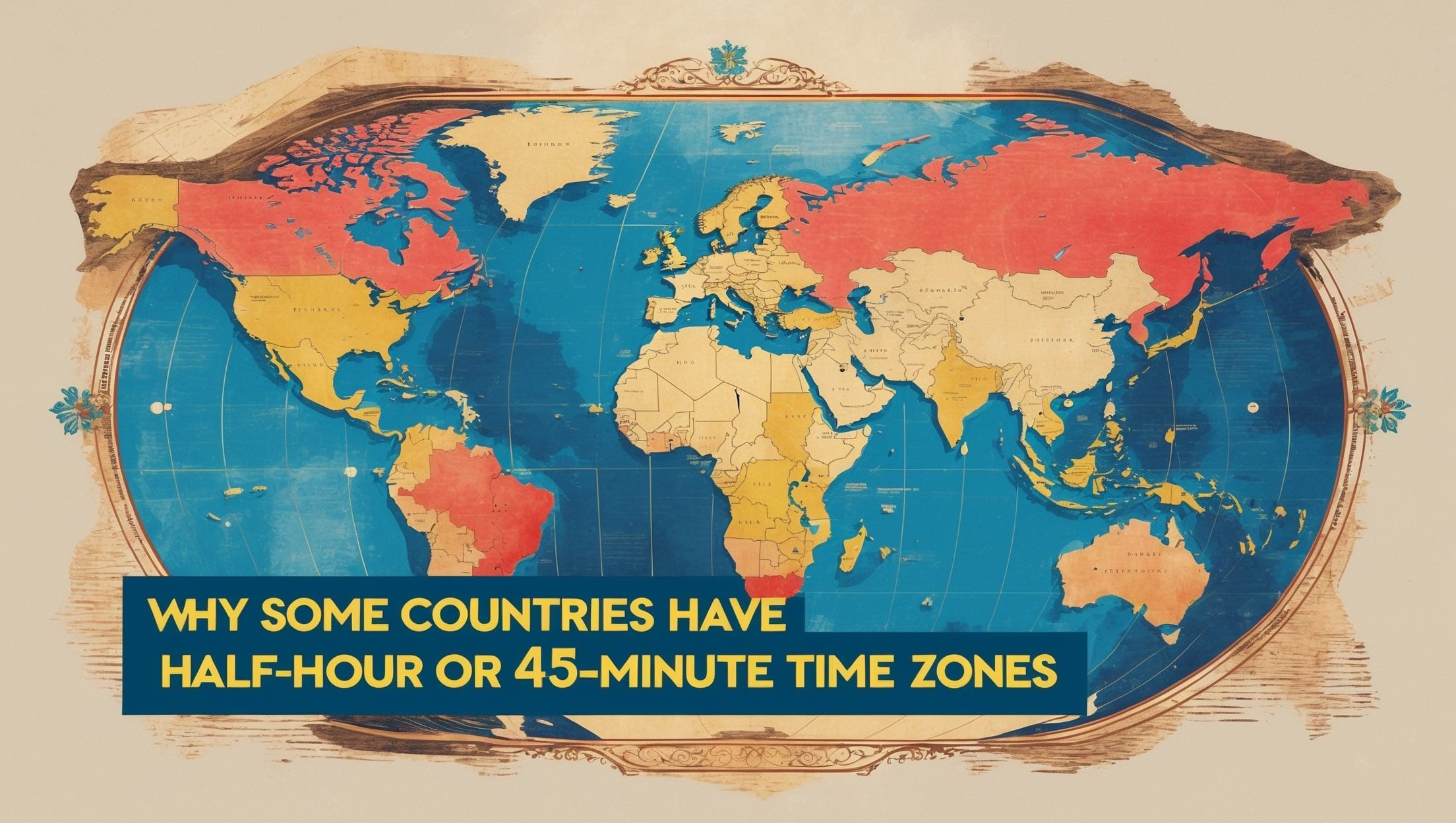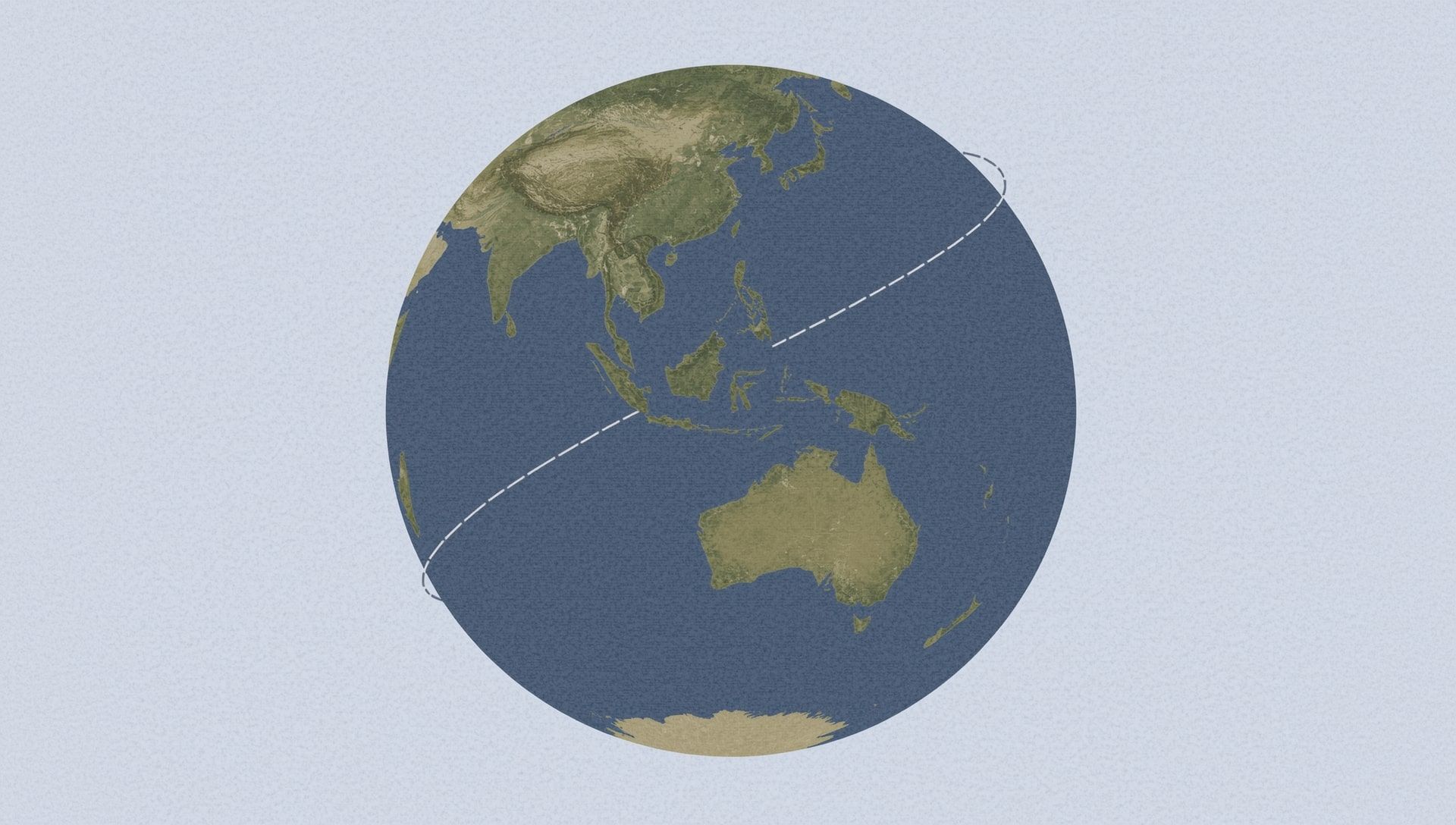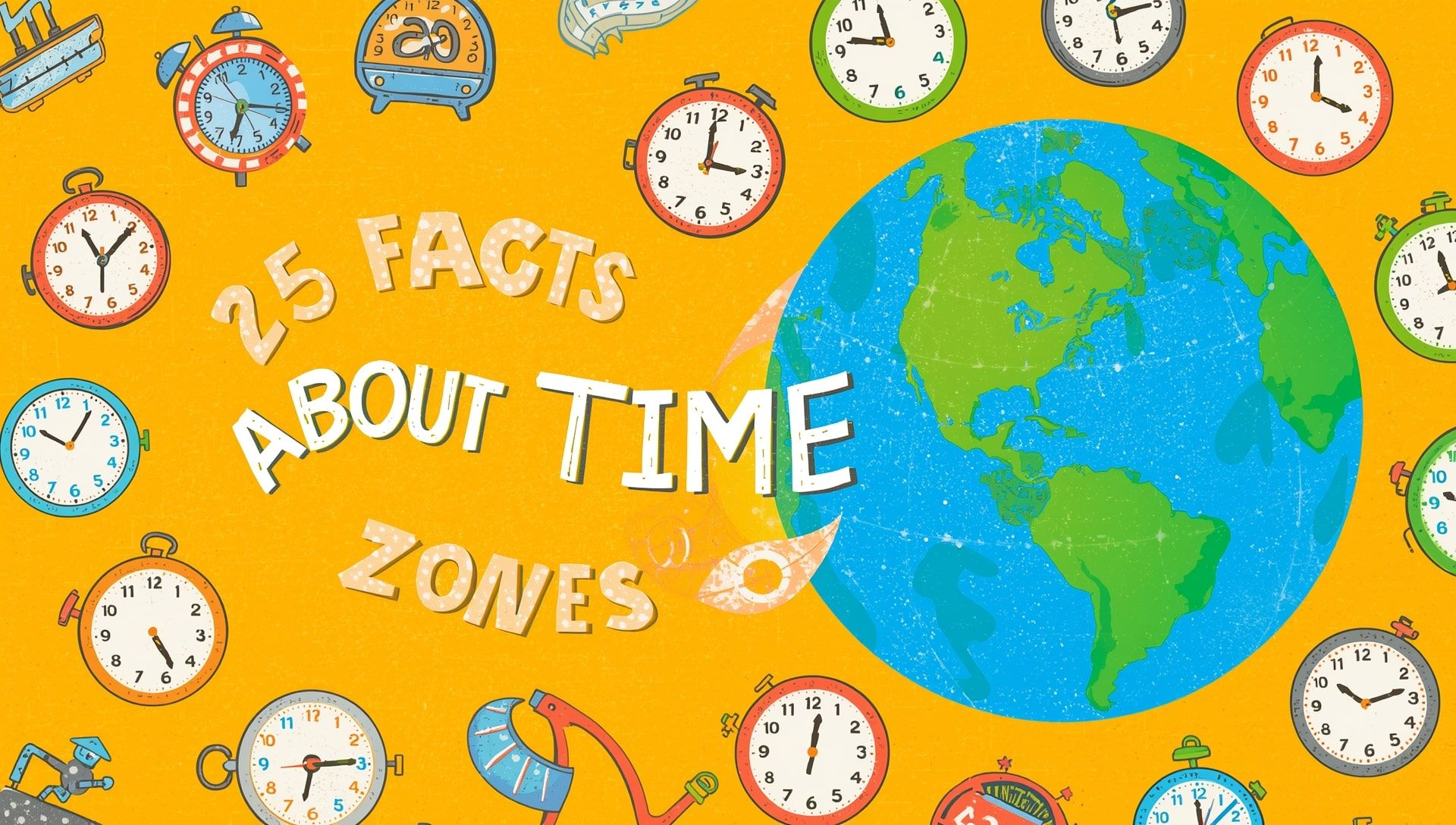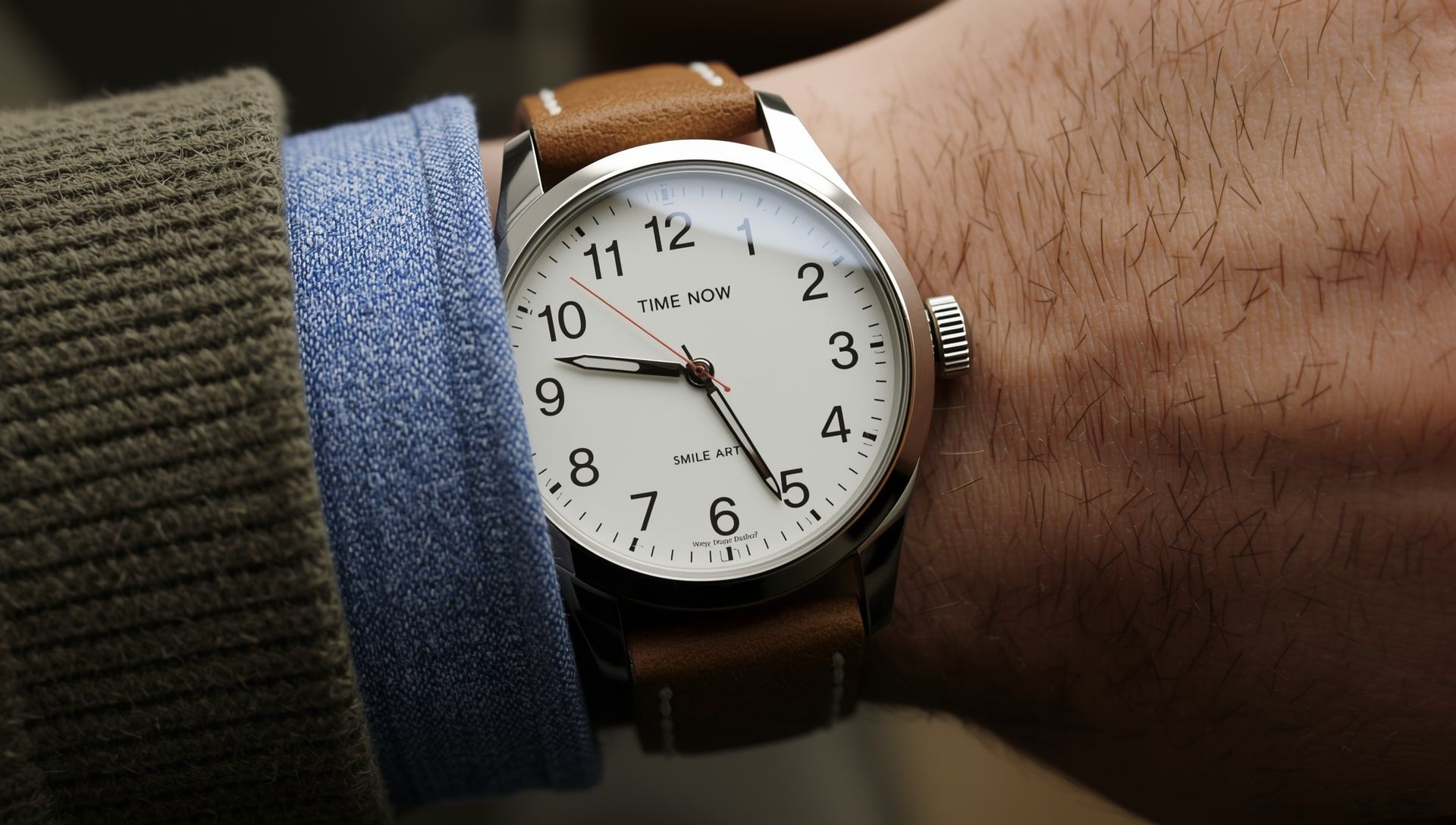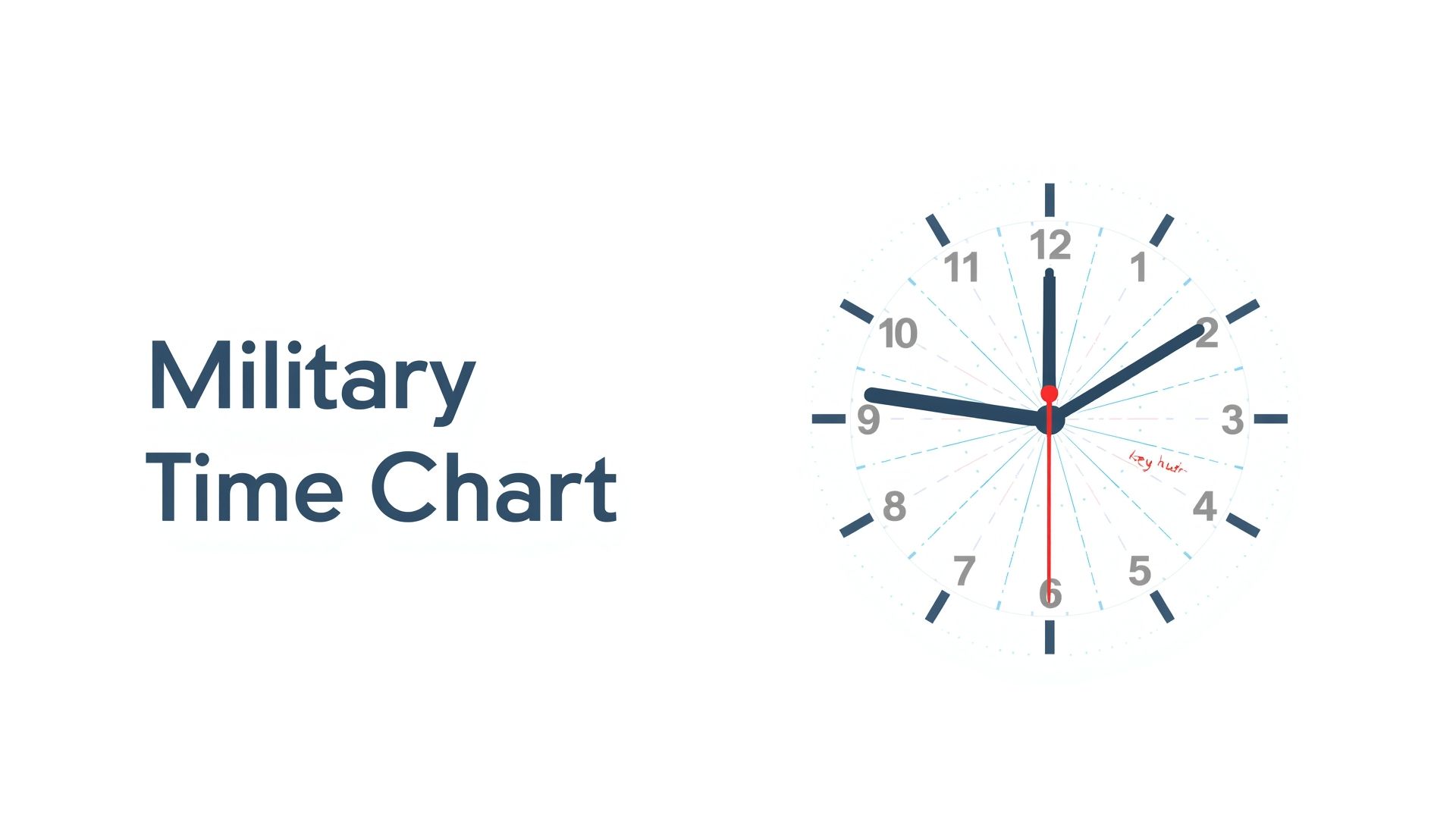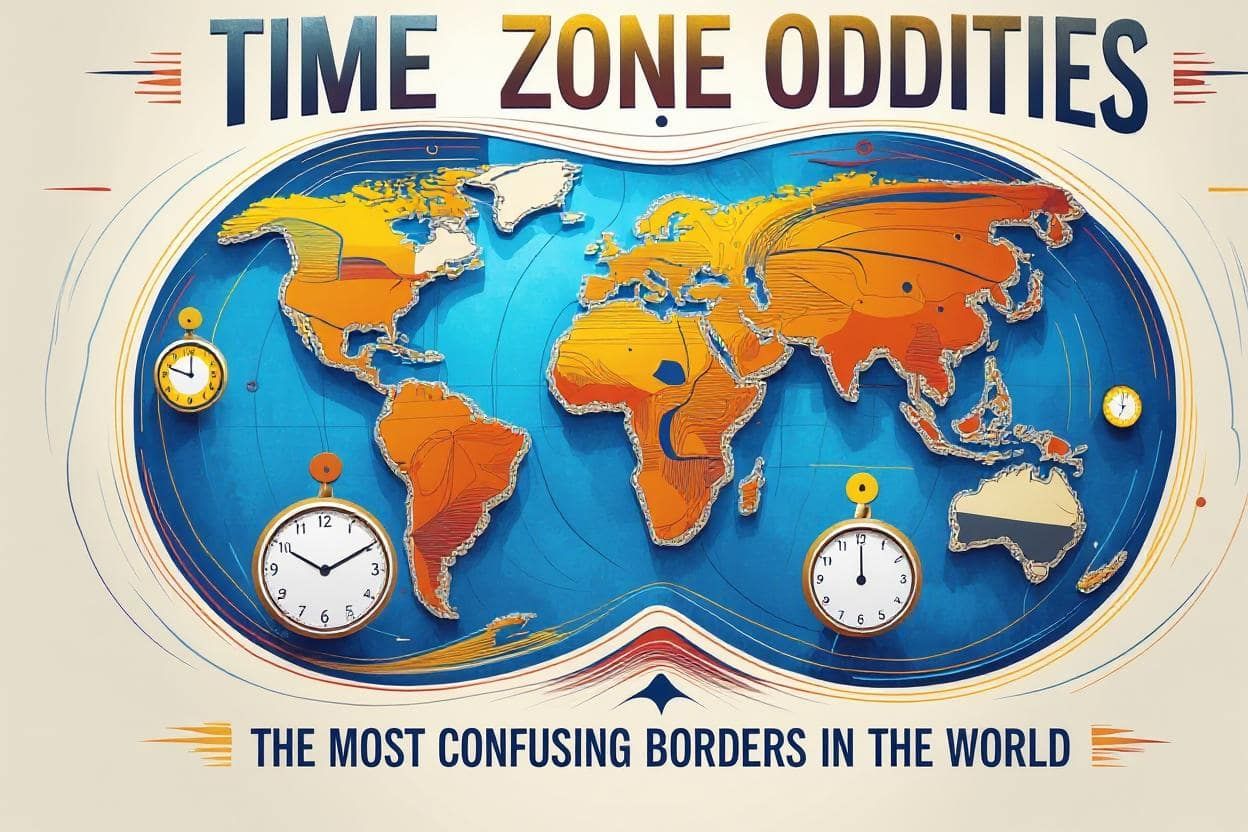Step into certain parts of the world and you'll find something curious: clocks that don’t stick to the usual full-hour offsets. Instead of being, say, UTC+4 or UTC-6, some places run on time zones that are offset by 30 or even 45 minutes. These quirks aren’t mistakes. They’re deliberate, often steeped in geography, politics, and the push for a bit more daylight or national identity. You can see how this compares across the globe on our time zone map.
Where the minutes matter
Most of the world divides time into neat one-hour chunks. But places like India, Iran, Nepal, and parts of Australia went a different route. They’ve tweaked their clocks just a bit to better fit their daily rhythms. You can compare current offsets using our global world clock.
India, for instance, sits right in the middle of a huge landmass. If it picked either UTC+5 or UTC+6, one half of the country would always be out of sync. So, they split the difference with UTC+5:30. It’s not just math; it’s practical living.
Why not stick with the usual?
Turns out, there are a few strong reasons to shave or add half an hour instead of going the full 60 minutes. Here's what drives these offbeat choices:
- Geography: Countries that span long distances east to west (like Australia or India) often find that a single full-hour zone doesn’t suit everyone. Some of these differences are shown on the timezones page.
- Politics: Time can be a way to express national identity. After splitting from Pakistan, India kept its own time as a statement of independence. Iran does something similar.
- Daylight: Some regions adjust time to better align with sunrise and sunset. This helps people make the most of natural light during working hours, a logic also seen in places tracking sun and moon cycles.
- History: Colonial powers sometimes left behind unusual time habits. Once established, they can stick around even after independence.
- Simplicity for locals: Sometimes a half-hour tweak just makes everyday schedules run more smoothly for the people who live there.
Places that break the mold
Here are a few of the most notable examples where time zones get creative. If you need to calculate the exact local time differences between these regions, try one of our time zone converters.
- India: UTC+5:30 - Chosen to balance the whole country from Gujarat to Arunachal Pradesh.
- Nepal: UTC+5:45 - Just 15 minutes ahead of India, partly for symbolic independence.
- Iran: UTC+3:30 - A middle ground that fits its long east-west spread better than a full hour would.
- Afghanistan: UTC+4:30 - A leftover from earlier adjustments that’s still practical today.
- Central Australia: UTC+9:30 - South Australia and the Northern Territory use this to suit their daylight better.
- Myanmar: UTC+6:30 - Based on its long-standing local standard time.
- Chatham Islands (New Zealand): UTC+12:45 - The only place using a 45-minute time zone outside Asia, showing just how specific things can get.
Why it’s not going away anytime soon
Changing time zones isn’t as easy as flipping a switch. It means adjusting everything from train schedules to computer systems. For most places that use half-hour or 45-minute zones, it’s just not worth the hassle to change. And for many, these zones work better than the standard options. You can explore how different countries manage their unique local times across the world.
Plus, there's pride involved. Nepal’s 15-minute lead over India may seem small, but it carries weight. It says: we do things our own way. Time, it turns out, can be deeply personal. These subtle shifts even influence when public holidays are celebrated.
How these odd offsets keep ticking
Even as the world becomes more connected and standardized, these unique time zones remain. They remind us that local needs still shape global systems. Whether it’s about sunlight, identity, or convenience, the choice to go off the hourly track is very human. If you’re curious about how official systems classify these offsets, check out our section on global time standards.
So next time you see a time zone like UTC+5:30 or UTC+12:45, know it’s not random. It’s the result of real decisions by real people, trying to make the hours of the day work just a little better for them.
